The Southern US county honouring its dark past
Share
Explore Our Galleries
Breaking News!
Today's news and culture by Black and other reporters in the Black and mainstream media.
Ways to Support ABHM?
Barbara Noe Kennedy, BBC
While other places in the US are increasingly censoring how they tell their multicultural histories to travellers, one community is highlighting them.

On a warm late-summer afternoon, just across the Potomac River from Washington DC’s marble monuments, I stood with an exuberant crowd of residents, civic leaders and history enthusiasts in Arlington, Virginia. A roar of applause rang out as two small bronze markers were unveiled in the pavement in front of a modest home, their surfaces etched with names and dates.
The small plaques may look unassuming, but these “stumbling stones” carry immense weight: they honour Killemacse and Con, two African Americans enslaved in the mid-1700s on farmland now belonging to one of the most well-known suburbs of the nation’s capital, a place home to Arlington National Cemetery, The Pentagon and the Iwo Jima Memorial.
“[Back then,] this land was virgin forest,” said Jessica Kaplan, one of the Arlington Historical Society (AHS) board member leading the effort. “As enslaved individuals, they had to clear the land with their own hands. They ploughed the soil and planted crops. They built their own quarters and silos to keep the corn.”
Her words capture the heart of a growing movement to reveal the largely unknown history of the area’s dark past. Known as Memorializing the Enslaved in Arlington, the initiative is a collaboration between the Arlington Historical Society and the Black Heritage Museum of Arlington and aims to commemorate the names and lives of those long erased from the area’s historical narrative. The timing of the project is also telling: while other places around the US are increasingly censoring how they tell their multicultural histories to travellers, Arlington is highlighting them.
The stones are easy to miss if you’re not looking for them, but their quiet power lies in their smallness. You don’t need to go to a museum or read a textbook to learn about the past – you simply “stumble” upon them randomly on your walks around town. An ever-expanding map now threads through Arlington’s neighbourhoods, each one part of a countywide effort to locate, document and honour the thousands of people once enslaved here. In the process, the initiative is turning public spaces into a site of remembrance.
Learn how the idea for the project started.
Discover the harsh realities of enslavement.

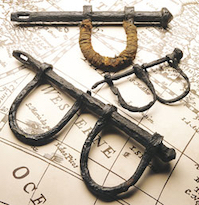
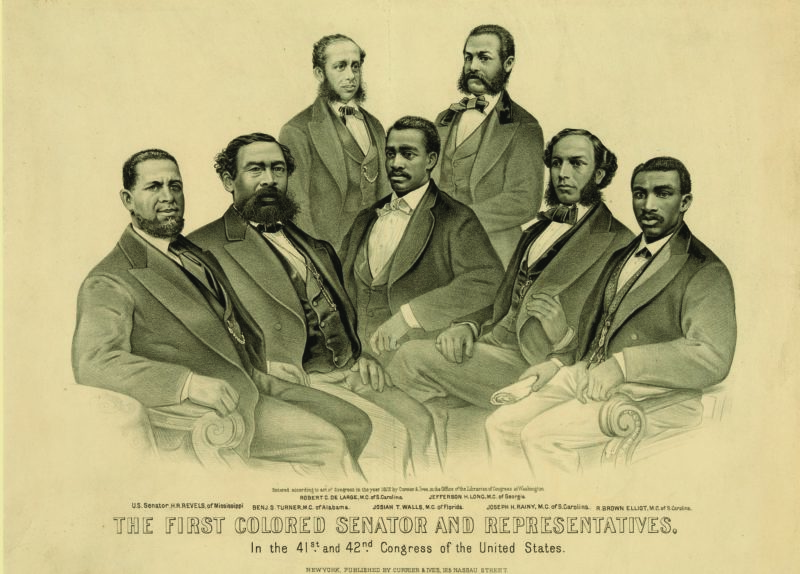
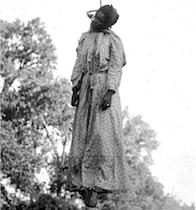
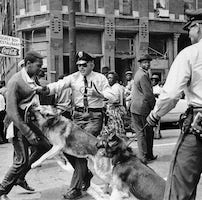

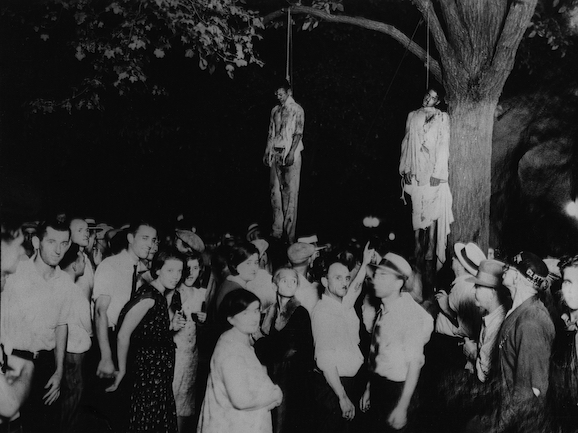


Comments Are Welcome
Note: We moderate submissions in order to create a space for meaningful dialogue, a space where museum visitors – adults and youth –– can exchange informed, thoughtful, and relevant comments that add value to our exhibits.
Racial slurs, personal attacks, obscenity, profanity, and SHOUTING do not meet the above standard. Such comments are posted in the exhibit Hateful Speech. Commercial promotions, impersonations, and incoherent comments likewise fail to meet our goals, so will not be posted. Submissions longer than 120 words will be shortened.
See our full Comments Policy here.